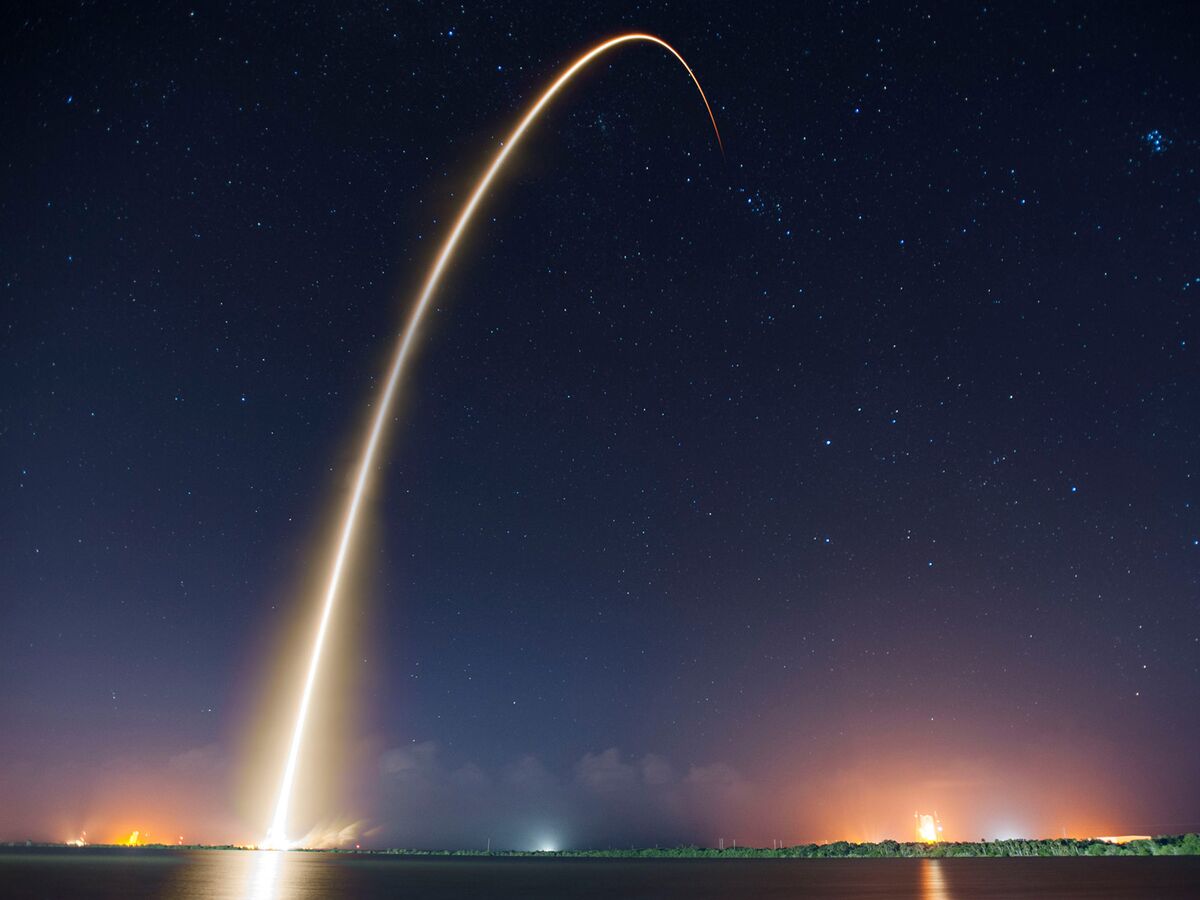

The vehicle from the COTS 2 flight is capable of producing one million pounds of thrust in a. The problem is, the first stage is only 160K up, Mach 5 or so which is very fast and high, but the second stage is basically orbital, which is much higher (maybe. 1 launch, according to a tweet from SpaceX. On the second stage of the ZQ-2 Y1, there were two engines present: a single non-gimballing, vacuum-adapted Tianque-12 (TQ-12), and a four-chambered Tianque-11 (TQ-11) for maneuvering (attitude control). Falcon 9 with a Dragon spacecraft is 48.1 meters (157 feet) tall. The payload penalty to recover the second stage turned out to be more than they initially expected, and as such, SpaceX has given up on second stage recovery for the Falcon 9 booster. 27) successful static fire put USSF-44 on track for a Nov. 25 for a static test fire of the launch vehicle's 27 first-stage Merlin engines, which was completed two days later. I dont think the issue is so much that the Falcon 9 second stage is bad compared to other second stages, but more so that improving the second stage or adding a third is an obvious way that the Falcon 9s above LEO performance could be improved. The USSF-44 Falcon Heavy, sans payloads, was rolled out to Pad 39A on Oct. The Wall Street Journal cited industry and government officials who believed that Zuma failed to separate successfully from the Falcon 9's second stage. Thanks for the great analysis, I love posts like these. control actuator on one of the engines of the Falcon 9's second stage. The trio launching USSF-44 have never flown before. cut-off T+02:41 Stage separation T+02:49 Stage 2 ignition T+03:05 Stage 1. The Falcon Heavy employs three strapped-together first-stage boosters, which are modified versions of SpaceX's workhorse Falcon 9 rocket. However, the deployment took place in a part of the orbit without. According to the company's website, "TETRA-1 is a microsatellite created for various prototype missions in and around geosynchronous Earth orbit." Beyond that, little is available about TETRA-1 or its larger companion payload. The Falcon 9 second stage released its payload of 49 Starlink satellites into low Earth orbit 15 and a half minutes after liftoff. Of the duo, only one has been identified by name: TETRA-1, which was built by Millennium Space Systems, a Boeing subsidiary. Very little is known about USSF-44's two payloads. to support recovery of the second stage was at that time prohibitive. SpaceX’s Falcon 9 spacecraft separates from the second stage during NASA’s SpaceX 28th commercial resupply services mission to the International Space Station on June 5, 2023. So, rather than touching down softly on one of SpaceX's drone ships floating in the Atlantic, this Falcon Heavy core booster will plummet into the sea while its companion side boosters touch down vertically at the Cape. The center core of the Falcon Heavy Arabsat-6A first stage was the only component. USSF-44 is skipping the center booster landing attempt to maximize fuel availability in order to meet the orbital requirements of the mission.


 0 kommentar(er)
0 kommentar(er)
